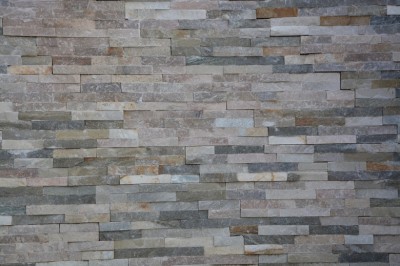The Different Uses for Diamonds
The diamond is the hardest natural substance known to man, produced by eons of high pressure and temperature extremes inside the earth.
What is a simple carbon atom is transformed a complex crystalline lattice structure which has a lot of top-notched qualities that include durability, being chemically resistant, its light dispersion and refraction properties, as well as its abilities to scratch metals.
That is why the diamond one of the best known and most sought after precious gem.
What we mostly know about the diamond today is what we have learned through advertising and the movie industry. In the jewelry industry, diamonds are the most popular, making more money than all the other gemstones combined. Part of its popularity is because of its high luster qualities, a natural property of the diamond that is enhanced by the expertise of a diamond cutter.
Diamonds in the jewelry business are most popularly used in engagement or wedding rings, although it has been used in many other jewelry forms as well. Diamonds are usually set in metals that emphasize its natural beauty and sparkle, most common of which are white gold, yellow gold and platinum.
But diamonds have other practical uses as well. Actually, more of these gems are used in industrial applications, rather than in the jewelry making business, as not a lot of natural diamonds found in mines are suitable as gemstones.
Synthetic diamonds, or those that are man-made in a laboratory, are also produced to meet the demands of industrial use. These uses are mainly the following:
- cutting and grinding tools such as drill bits and saws
- abrasives that cut and polish other materials, including other gemstones
- fine engraving tools with detailed precision
- coatings for files
- semiconductor coatings and materials for microchips and computer processors.
- laser components for precise and durable optical equipment
- windows that are used to cover openings of lasers, x-rays and vacuum chambers
- speaker domes that enhance the performance of high quality speakers
- heat sinks to conduct heat away from sensitive parts of high performance microelectronics
- low friction micro-bearings placed in tiny mechanical devices like watches
The diamond is a versatile material that can be a thing of beauty or an object of practical application. As this industry is worth billions of dollars in economic trade, the diamond is also of big use to the global market. In addition to diamond miners, buyers, jewelers and designers, many other people base their livelihood on the state of the diamond industry.
It looks like the diamond is here to stay forever. And who knows what other uses it can be designed for in the future.
With increasing research and synthetic production, innovative companies might be able to further expand the use of the diamond in the fields of medical care, particularly that of prosthetics and surgery, in computer technology, acoustic and communication instrumentation, and others.
Given that it seems that the diamond will endure until the end of time, mankind has no choice but to take this brilliant and durable stone on its historic journey.





















